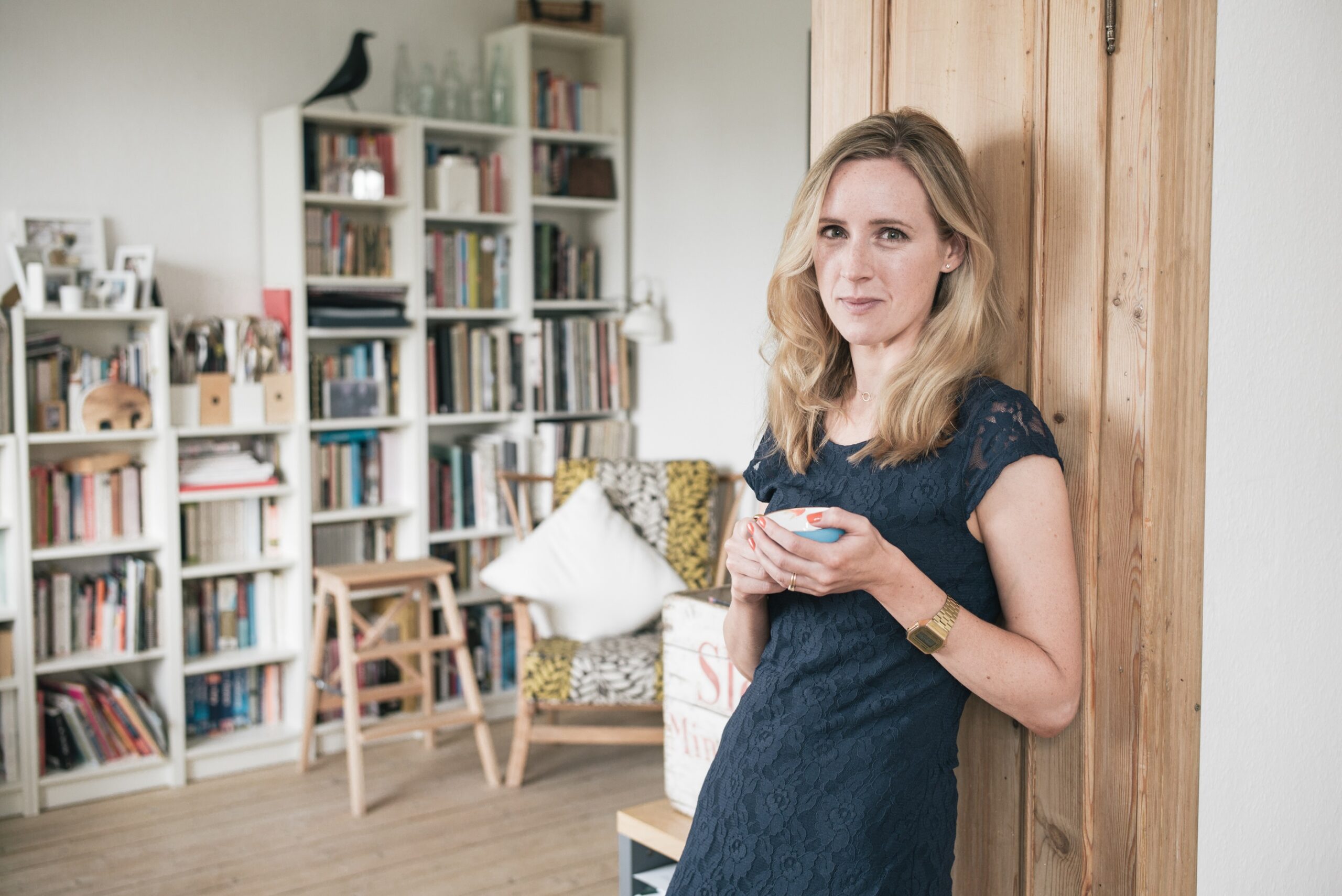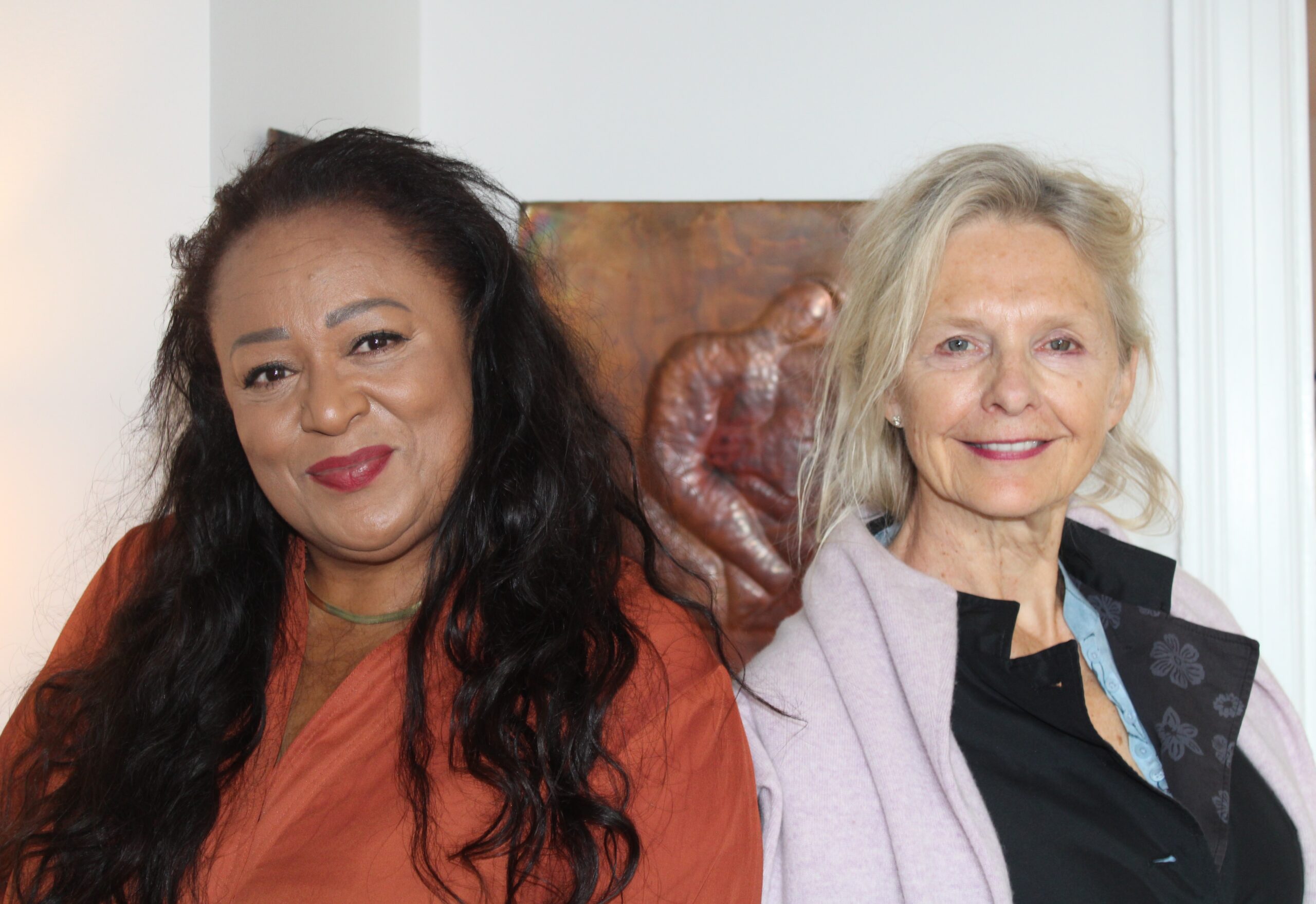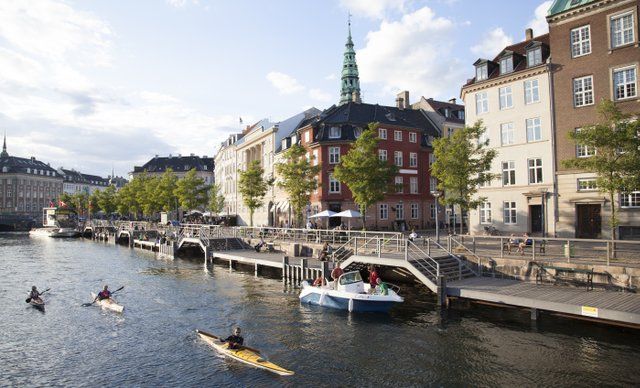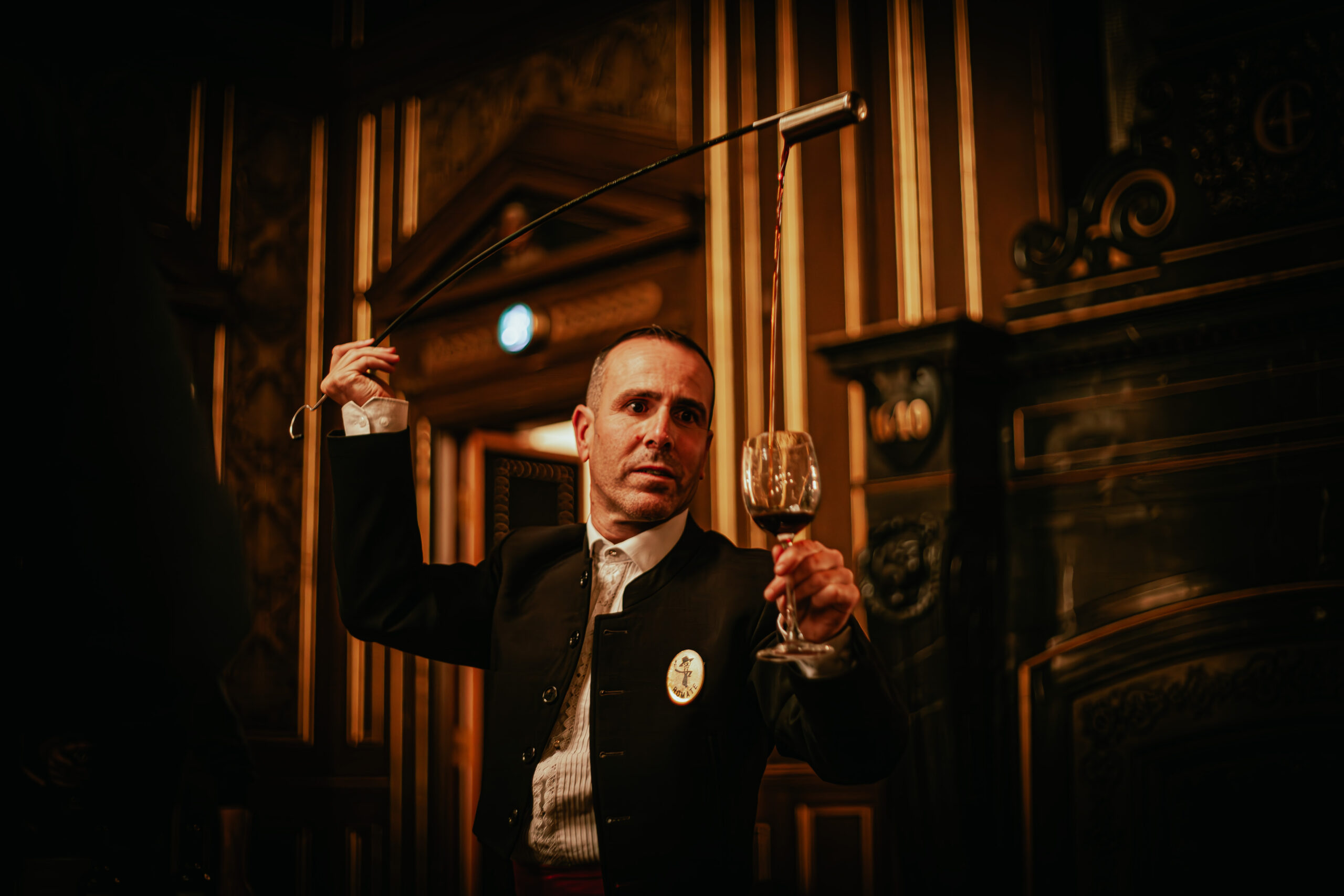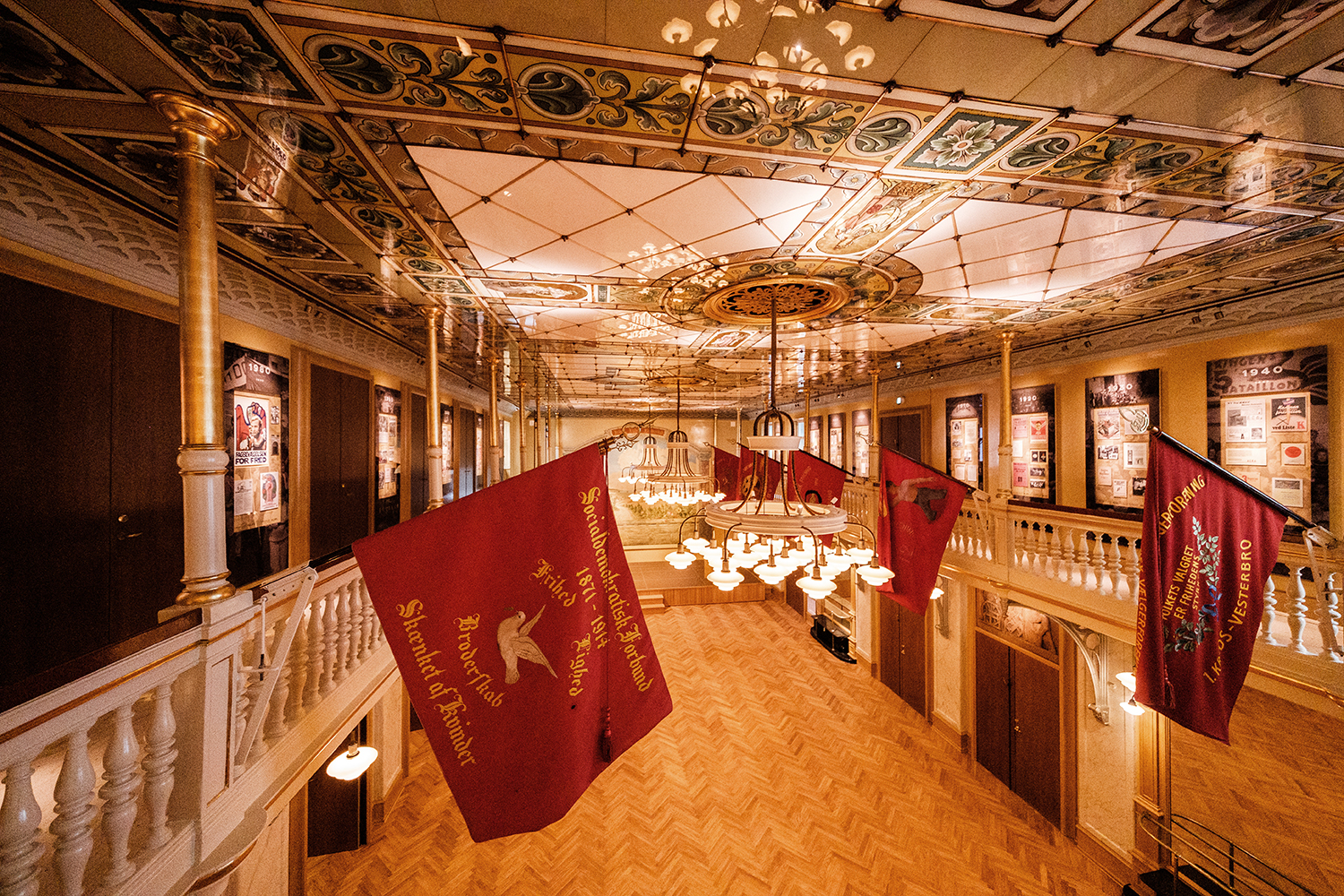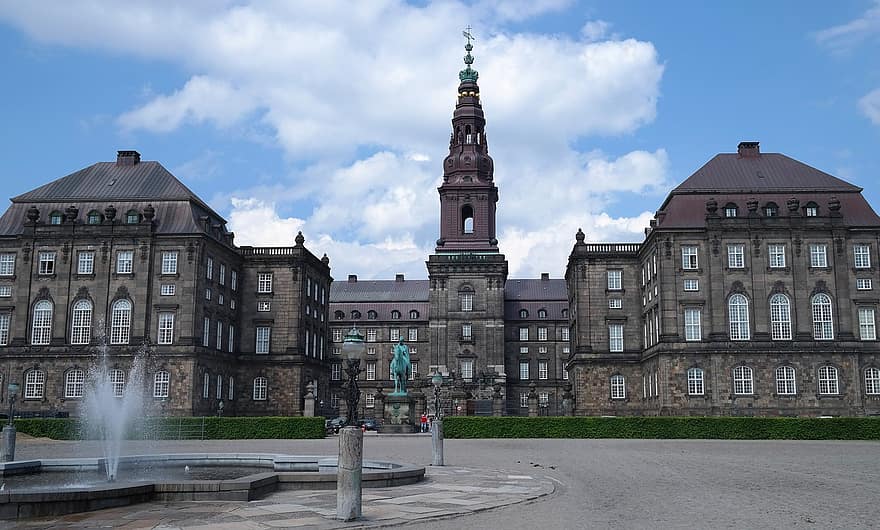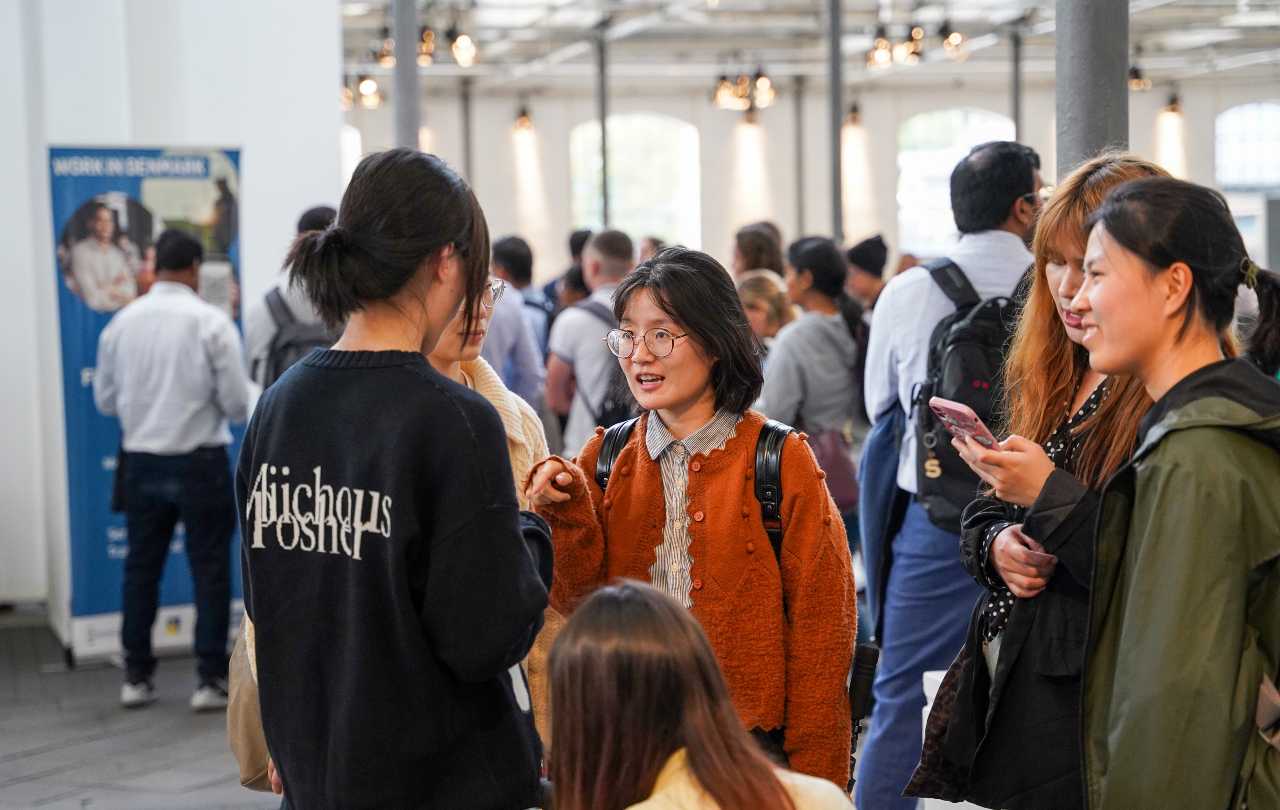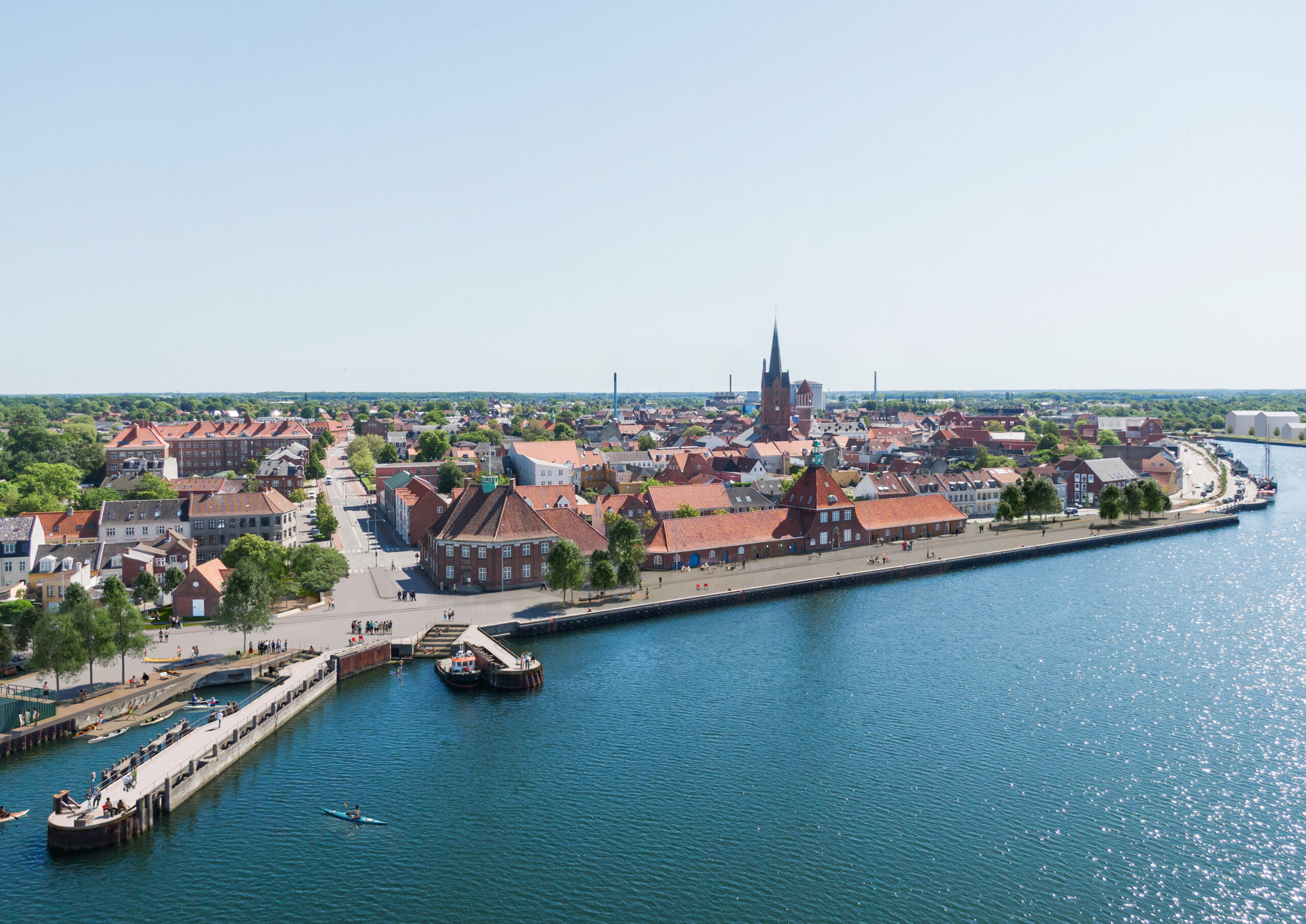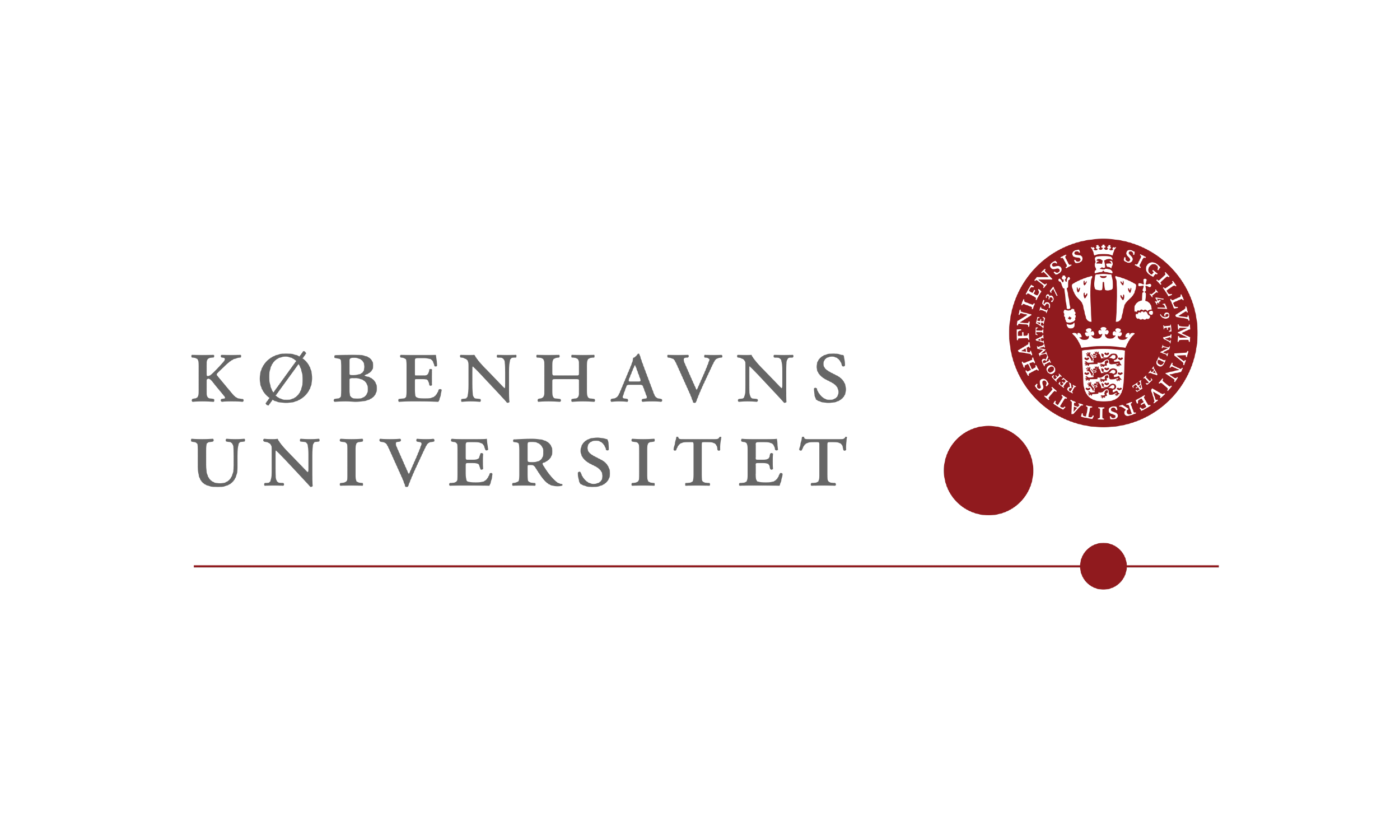The national statistics office, Danmarks Statistik, has compiled a number of statistics to paint a picture of the ‘average Dane’. The figures, taken from the organisation’s 2014 statistical yearbook, cover a broad range of topics: everything from family life and free-time activities to health and home.
Mr and Mrs Denmark
According to the analysis, Mr and Mrs Denmark are called Peter and Anne Jensen. Anne is 41.8 years old and Peter is 40.
They live in an apartment, which they own. This is the living situation for 59 percent of the population. The average size of dwelling is 52 square metres per person. They each earn 292,200 kroner annually.
1.67 children
They have 1.67 children. If their children were named last year, their daughter would be called Sofia and their son William.
They watch three hours and eight seconds of television each day and they borrow six books a year from the library. They go to the cinema 2.3 times. They spend their holidays in Spain.
They visit the doctor and the dentist ten times every year. There are slightly more Annes than Peters in the country: 50.4 percent of Denmark’s population is female.
Peter will die when he’s 78, but Anne will last until she’s 81.9.

